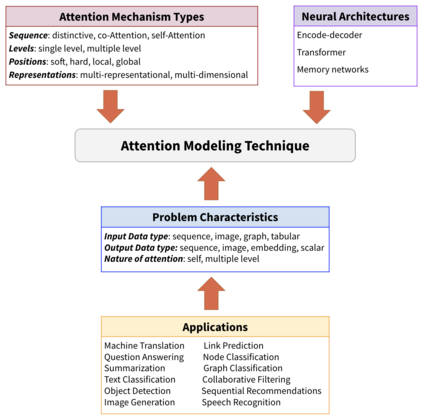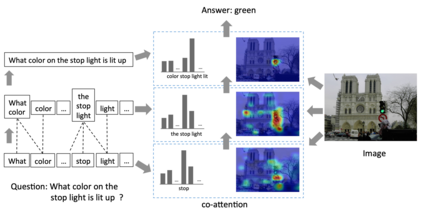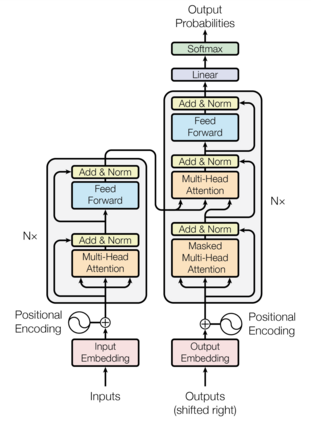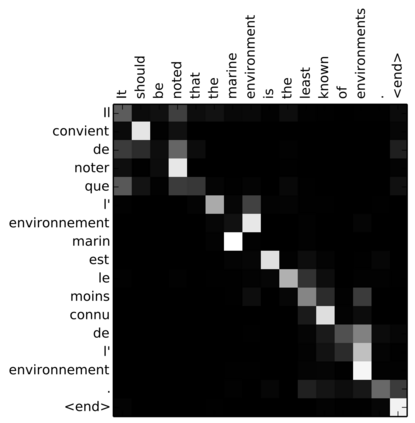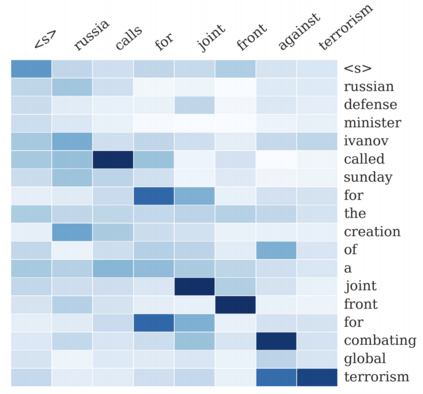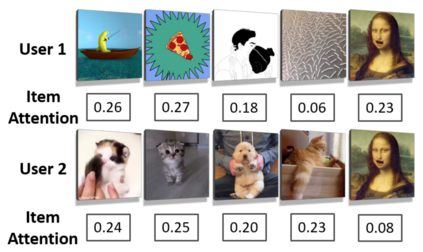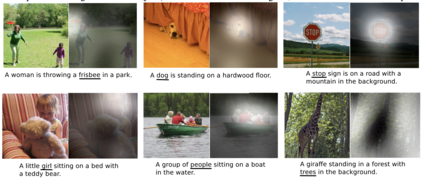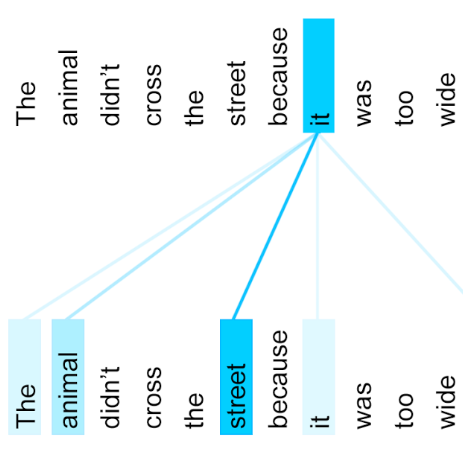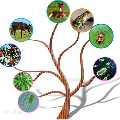Attention Model has now become an important concept in neural networks that has been researched within diverse application domains. This survey provides a structured and comprehensive overview of the developments in modeling attention. In particular, we propose a taxonomy which groups existing techniques into coherent categories. We review salient neural architectures in which attention has been incorporated, and discuss applications in which modeling attention has shown a significant impact. Finally, we also describe how attention has been used to improve the interpretability of neural networks. We hope this survey will provide a succinct introduction to attention models and guide practitioners while developing approaches for their applications.
翻译:关注模式现已成为神经网络中的一个重要概念,已在不同应用领域进行了研究,该调查对模拟关注方面的动态进行了结构化和综合的概述,特别提出了将现有技术归为连贯分类的分类法,我们审查了已纳入关注的突出神经结构,并讨论了示范关注已产生重大影响的应用。最后,我们还介绍了如何利用关注来改进神经网络的可解释性。我们希望这一调查将简要介绍关注模式和指导从业人员,同时制定应用方法。


